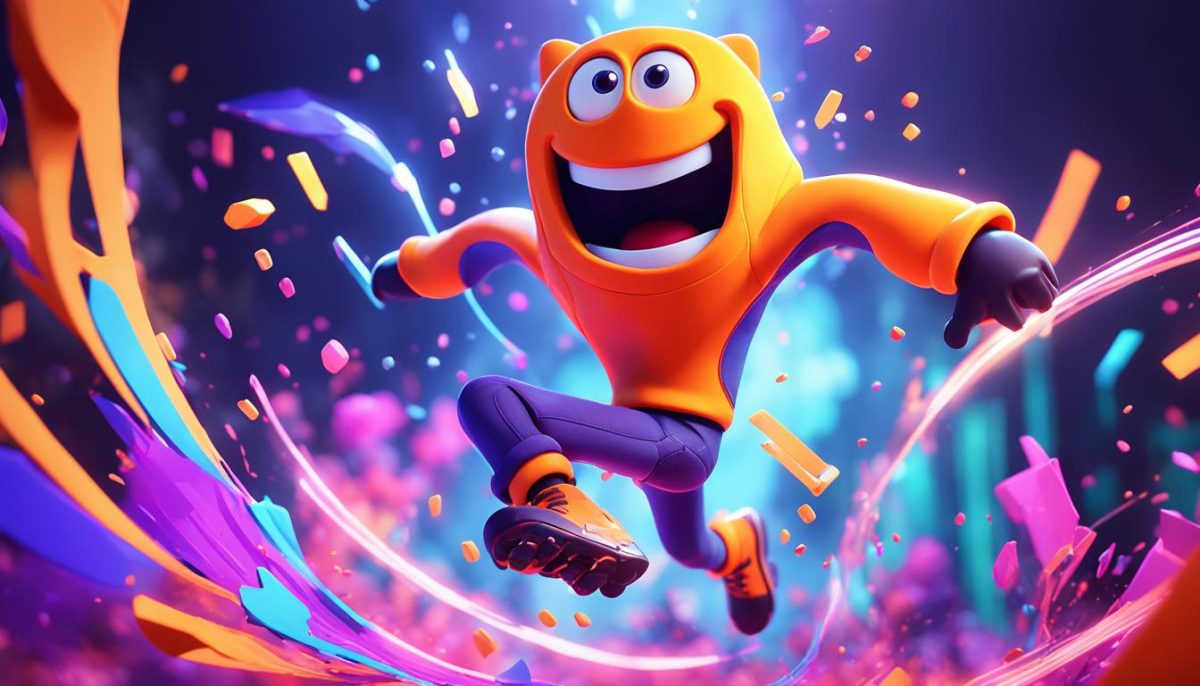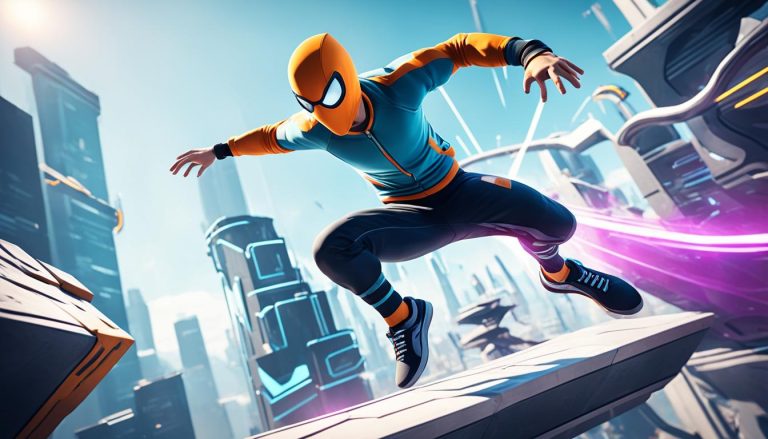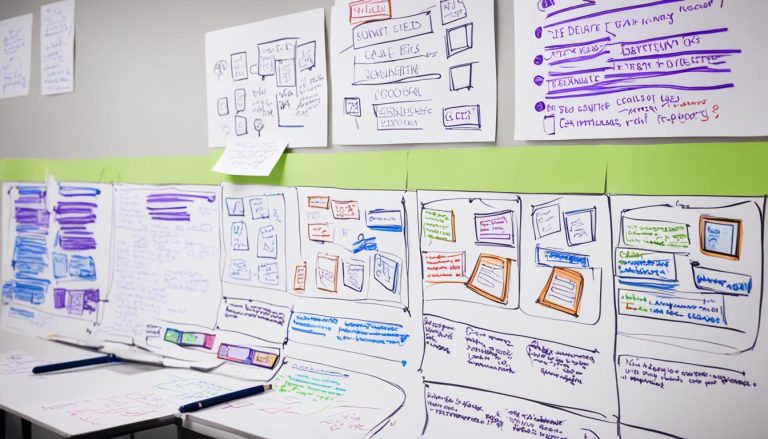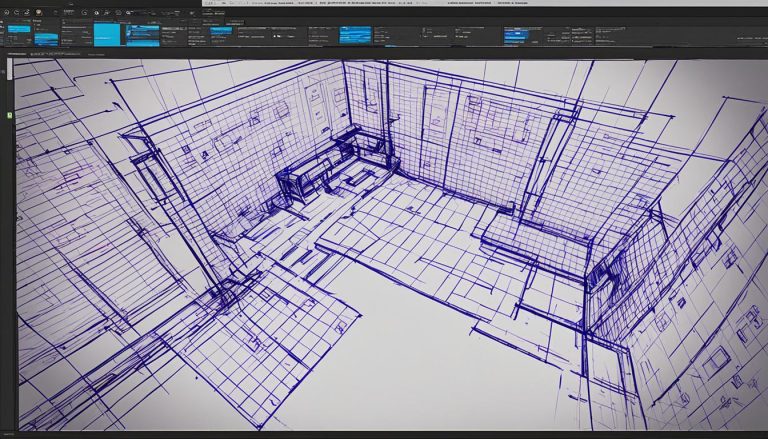When Working In Game Animation Should You Start With Blender Or Unity
Are you considering a career in game animation? One of the first decisions you’ll need to make is which software to start with. Two popular options in the industry are Blender and Unity. In this article, we’ll explore the pros and cons of each, helping you determine the best choice for your journey into game animation.
Blender is a powerful 3D modeling software that offers a range of features for working in game animation. With its intuitive interface and extensive toolset, Blender allows you to create detailed 3D models that can be easily integrated into game environments. Its flexibility and open-source nature make it a popular choice among aspiring game animators.
On the other hand, Unity is a game development platform widely used in the industry. With its robust set of tools and seamless integration with other assets, Unity simplifies the process of bringing animations to life within a game. Its real-time rendering capabilities and extensive asset store provide a solid foundation for game animation projects.
So, which one should you choose? Ultimately, the decision depends on your personal preferences, goals, and the requirements of the industry you wish to enter. Whether you opt for Blender or Unity, both software options have their strengths and weaknesses, and it’s important to consider how they align with your specific needs.
To help you make an informed decision, we’ll compare the strengths and weaknesses of Blender and Unity in the context of working in game animation. By the end of this article, you’ll have a clearer understanding of which path is the right one for you.
Getting Started with Blender for Working Game Animation
Blender has emerged as a dynamic and versatile tool for those venturing into the world of game animation. Its array of features and flexible functionalities make it an ideal starting point for aspiring game animators. Let’s explore why Blender is a popular choice for working in game animation.
One of the key advantages of using Blender is its robust modeling capabilities. With its intuitive interface and comprehensive toolset, Blender allows animators to create intricate and lifelike models for their games. Whether it’s designing characters, environments, or props, Blender offers a range of tools and techniques to bring imagination to life.
Additionally, Blender’s seamless integration with other software in the game development pipeline adds to its appeal. It allows for easy import and export of assets, ensuring a smooth workflow between different stages of game production. This interoperability makes Blender a valuable asset for game animators looking to collaborate with other professionals in the industry.
One notable feature of Blender is its support for rigging and animation. Animators can utilize the built-in rigging tools to create intricate skeletal structures and define the movement of characters. With its advanced keyframing functionality, Blender empowers animators to create fluid and compelling animations that captivate players.
Moreover, Blender’s open-source nature brings about a vibrant and supportive community of game animators. This community actively contributes to Blender’s development, providing a wealth of tutorials, resources, and plugins that enhance the software’s functionality. This collaborative environment fosters learning, growth, and innovation for aspiring animators.

“Blender offers a range of tools and techniques to bring imagination to life.”
In conclusion, aspiring game animators can leverage the powerful features and functionalities of Blender to kickstart their journey in the industry. Its modeling capabilities, interoperability, robust animation tools, and supportive community make it an excellent starting point for bringing captivating animations to life in the world of game development.
Exploring Unity for Working Game Animation
When it comes to working in game animation, Unity is a powerful tool that offers a range of advantages and applications. This section will dive into the capabilities of Unity and demonstrate why it is a favorable choice for those looking to embark on a career in game animation.
Unity enables game animators to bring their creations to life in a dynamic game environment. With its robust features and intuitive interface, Unity allows for seamless integration of animations, characters, and assets into the game development process. This flexibility empowers animators to create immersive and visually appealing experiences for players.
One of the key benefits of working with Unity is its ability to streamline the development process. Unity offers a wide range of built-in tools and resources that simplify animation workflows. From animation controllers to keyframe editing, Unity provides animators with the necessary tools to create smooth and realistic movements in their games.

Beyond its technical capabilities, Unity has a vibrant and supportive community of game developers and animators. This community provides a wealth of resources, tutorials, and forums for sharing knowledge and solving challenges. Collaborating with fellow animators and developers in the Unity community can foster growth, learning, and networking opportunities.
In summary, Unity is a versatile and user-friendly platform for working in game animation. Its powerful features, streamlined workflows, and supportive community make it an ideal choice for those looking to excel in the field of game animation.
Choosing the Right Path in the Industry
Aspiring game animators face a crucial decision when entering the industry: should they start their journey with Blender or Unity? Both software options offer unique strengths and weaknesses that can significantly impact their career paths. By weighing the pros and cons of each, individuals can make an informed decision that aligns with their personal preferences, goals, and the requirements of the industry.
Blender, a powerful 3D modeling tool, provides a comprehensive suite of features for creating captivating animations. Its intuitive interface and extensive community support make it an attractive choice for newcomers. Blender’s versatility extends beyond game animation, allowing artists to explore various artistic endeavors. However, the learning curve can be steep, requiring dedication and time to master its intricacies.
On the other hand, Unity offers a robust game development platform with seamless animation integration. Its real-time rendering capabilities and immersive visual effects make it a go-to solution for animators. Additionally, Unity’s user-friendly interface and vast library of assets empower creators to bring their visions to life efficiently. However, Unity’s primary focus on game development may limit its broader creative potential.
The decision between Blender and Unity ultimately hinges on your individual aspirations and the demands of the game animation industry. Consider your long-term goals, preferred workflow, and the specific job opportunities you seek. By analyzing the strengths and weaknesses of each software, you can confidently choose the right path to embark on and propel your career in the dynamic realm of game animation.







